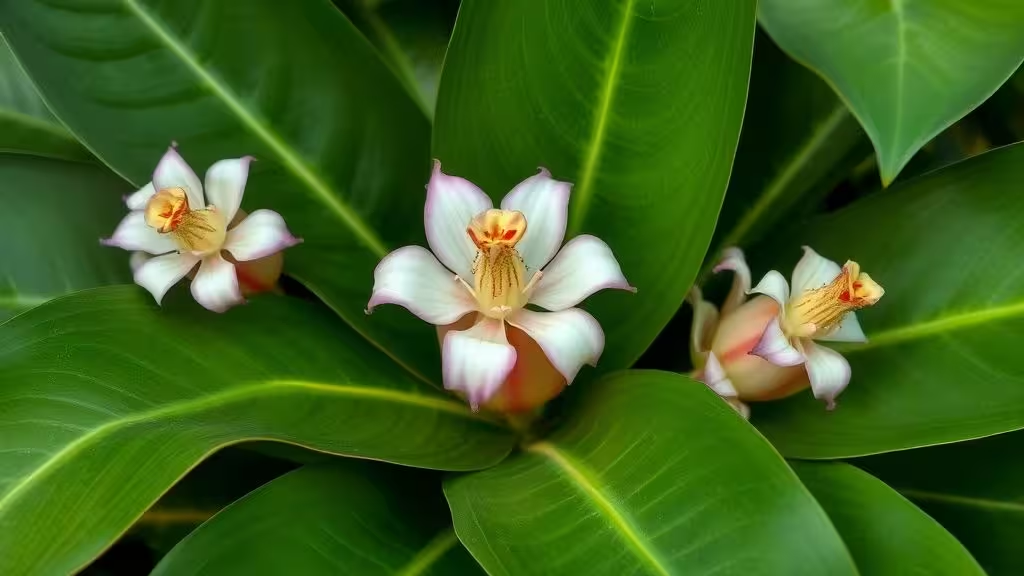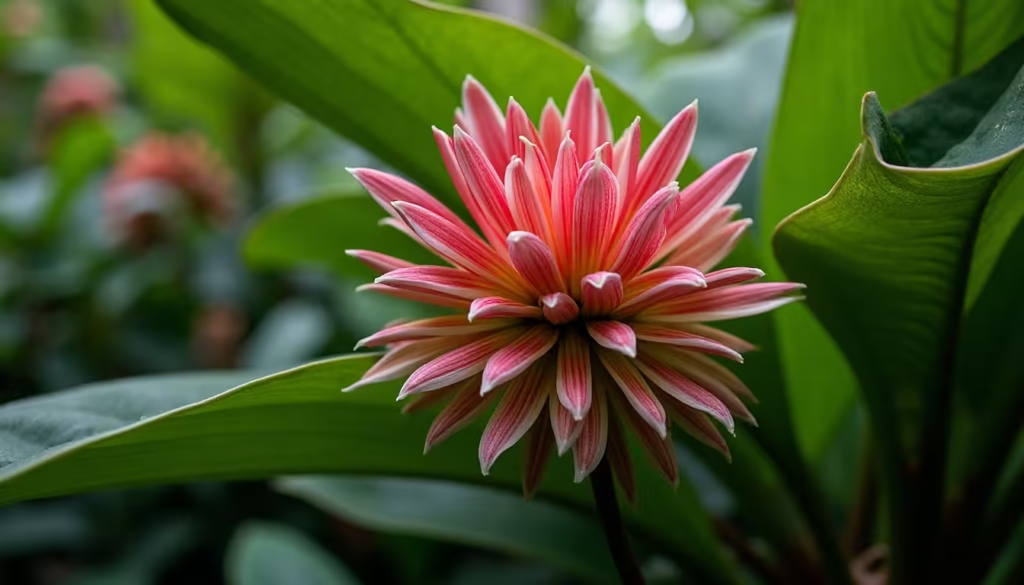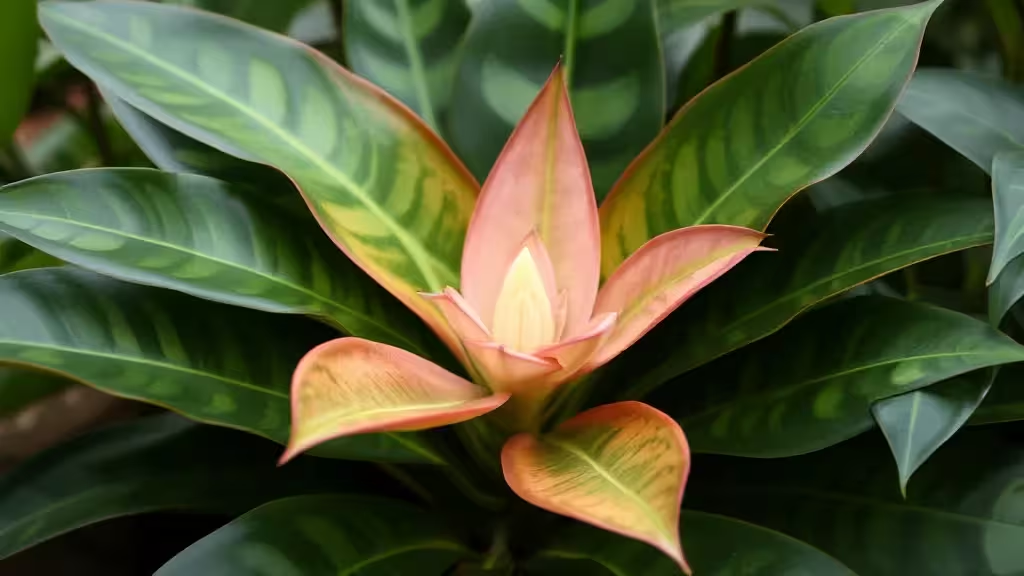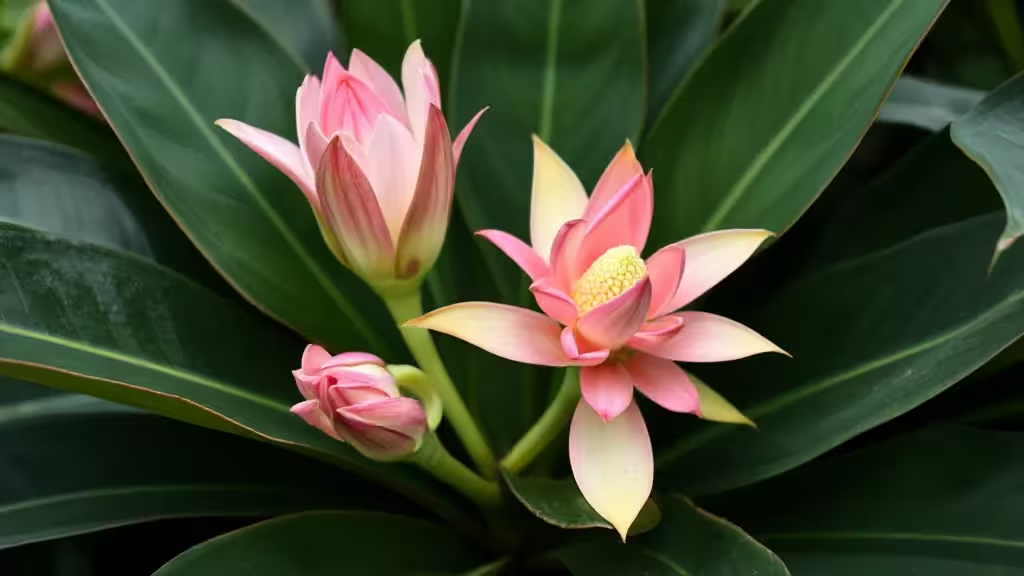Everything About Plants – Care, Tips & Green Inspiration

4 Amazing Types: Uncover the Elephant Plant Flower!
The elephant plant flower – does that conjure images of huge, vibrant blossoms or something more subtle?
Table of Contents
The elephant plant flower – does that conjure images of huge, vibrant blossoms or something more subtle? For many garden enthusiasts, the term “elephant plant” brings to mind their colossal leaves, but the truth is, many of these giants can produce remarkable flowers too! It’s a truly surprising sight, often rewarding patient gardeners with a glimpse into their botanical intricacies. But just like “elephant” isn’t one single animal, the elephant plant flower isn’t just one type of bloom. Let’s dive into the fascinating world of these unique flora and what their flowers look like.
What Makes an Elephant Plant Flower So Special?

Unlike plants primarily grown for their showy blooms, the elephant plant flower often takes a backseat to its impressive foliage. This makes their appearance even more special – a hidden gem discovered amongst the broad, dramatic leaves. Their uniqueness lies in their varied forms, from classic-looking petals to highly specialized structures designed for specific pollination methods. When you see an elephant plant flower, it often feels like witnessing a secret moment in nature, especially since many are rarely seen in typical garden settings.
Diverse Blooms: Exploring Each Elephant Plant Flower Type
The term “elephant plant” broadly encompasses several genera and species, each with its own distinct elephant plant flower. Let’s explore some of the most notable ones:
The Iconic Elephant Plant Flower: Elephant Ear Plants (Alocasia, Colocasia, Xanthosoma)
When most people think of an “elephant plant,” they picture the grand Elephant Ear plants. These tropical beauties are beloved for their immense, often heart- or arrow-shaped leaves. While primarily grown for their foliage, they do produce an elephant plant flower that’s quite unique.
These blooms are aroid-type flowers, characteristic of the Araceae family. They feature:
- A spathe: This is a modified, leaf-like bract that surrounds the actual flower cluster. It often appears white, yellow, or light green and can resemble a calla lily.
- A spadix: This is a fleshy spike tucked inside the spathe, bearing tiny male and female flowers.
Seeing this elephant plant flower is often a rare occurrence, particularly for indoor plants. It’s usually a sign of a mature, thriving plant that’s receiving optimal care – including proper light, consistent moisture, and adequate nutrients. If successfully pollinated, these flowers can develop into hard, pod-like fruits containing small, orange seeds. Notably, the flowers of the Arrowleaf Elephant Ear (Xanthosoma sagittifolium) are said to symbolize prosperity, protection, and resilience. However, it’s important to remember that these plants can be toxic if ingested, so keep them away from pets and curious children.
The Resilient Elephant Plant Flower: Elephant Bush (Portulacaria afra)
The Elephant Bush is a popular succulent, aptly named for its small, rounded leaves that can resemble miniature elephant ears. Despite its succulent nature, it also produces an elephant plant flower.
The blooms of the Elephant Bush are small, star-shaped, and typically appear in delicate clusters of pink or white at the tips of the stems. They offer a charming contrast to the plant’s fleshy, green foliage. This elephant plant flower usually makes its appearance from spring to early summer. Interestingly, light environmental “stressors,” such as allowing the plant to become somewhat root-bound, can actually encourage this succulent to burst into bloom. It’s a testament to its hardiness and ability to adapt.
The Whimsical Elephant Plant Flower: Elephant’s Head Plant (Pedicularis groenlandica)
For something truly unique, look no further than the Elephant’s Head plant. This fascinating wildflower is native to North America’s subalpine and alpine wetlands. Its common name directly reflects its incredibly distinctive elephant plant flower.
Each individual blossom of Pedicularis groenlandica is wonderfully shaped like a tiny elephant’s head, complete with an upturned “trunk.” These striking pink flowers grow in dense, spiky clusters, making the plant a captivating sight in its natural habitat. Unlike many other flowers that offer sweet nectar to attract pollinators, the elephant plant flower of this species doesn’t produce nectar; instead, bees visit it primarily to collect pollen.
The Hardy Elephant Plant Flower: Bergenia (Bergenia schmidtii)
Often referred to as “Elephant’s Ears” due to their large, leathery, often evergreen leaves, Bergenia schmidtii offers a different kind of elephant plant flower entirely. Belonging to the Saxifragaceae family, it’s botanically distinct from the tropical Elephant Ear plants.
The blooms of Bergenia are more traditional, appearing in vibrant clusters or racemes of pink flowers. They emerge on sturdy stems, often contrasting beautifully with the plant’s robust foliage. This elephant plant flower is not only attractive to pollinators but also makes an excellent choice for cut flower arrangements. Bergenia is known for its hardiness, tolerating a range of conditions, including some dry and windy spots, though it generally prefers consistently moist, well-draining soil and dislikes prolonged hot, dry periods.
Comparing the Elephant Plant Flower Types

To help you keep these amazing plants straight, here’s a quick comparison of their distinctive elephant plant flower traits:
| Plant Type | Botanical Name | Primary Flower Feature | Blooming Frequency & Conditions | Key Additional Characteristics |
|---|---|---|---|---|
| Elephant Ear Plant | Alocasia, Colocasia, Xanthosoma | Spathe & spadix; white, yellow, green | Rare; at maturity and optimal conditions | Primarily foliage plant; toxic; tropical origin |
| Elephant Bush | Portulacaria afra | Small, star-shaped, pink/white clusters | Spring/early summer; can be encouraged by mild stress | Succulent; easy to care for; small leaves |
| Elephant’s Head Plant | Pedicularis groenlandica | Flowers shaped like elephant heads; pink | Wildflower; specific North American habitat | No nectar; distinctive form |
| Bergenia | Bergenia schmidtii | Pink flowers in clusters/racemes | Regular; hardy; evergreen | Also called “Elephant’s Ears” (leaves); good cut flower |
Caring for Your Elephant Plant Flower: Tips for Encouraging Blooms

Even if the blooms are less frequent for some of these plants, providing the right care significantly increases your chances of witnessing a beautiful elephant plant flower.
- Understand Specific Needs: Each “elephant” plant has unique requirements. Don’t assume that what works for an Elephant Ear will work for an Elephant Bush! Research your specific variety.
- Light is Key: Ensure your plant receives the appropriate amount of light. Tropical Elephant Ears often prefer bright, indirect light indoors or filtered sun/partial shade outdoors (with some Colocasias enjoying full sun). Succulents like the Elephant Bush need plenty of direct sun.
- Proper Watering: Water according to the plant’s type. Elephant Ears love consistently moist soil, while Elephant Bushes prefer drier conditions between waterings. Avoid soggy soil for all.
- Nutrient Support: Provide balanced fertilizer during the active growing season. Healthy plants are more likely to bloom.
- Temperature Matters: Protect tropical varieties from cold. Most elephant plant flower types thrive in warmer conditions.
- Patience is a Virtue: For many Elephant Ear plants, flowering is a sign of maturity. It might take several years for a young plant to produce its first elephant plant flower.
Whether it’s the majestic hidden blooms of the Elephant Ear, the charming clusters of the Elephant Bush, the whimsical shape of the Elephant’s Head, or the robust beauty of the Bergenia, each elephant plant flower offers a unique glimpse into the diverse world of botany. By providing attentive care, you can encourage these extraordinary plants to reveal their floral secrets and add an extra layer of wonder to your garden.
FAQ: Elephant Plant Flower
Q1: Why is my Elephant Ear plant flowering?
A: Your Elephant Ear plant is likely flowering because it has reached maturity and is thriving in optimal growing conditions. This includes consistent care, adequate light (bright, indirect to full sun depending on variety), sufficient moisture, proper nutrients, and a warm, humid environment. Blooming is a sign that the plant is happy and well-established.
Q2: What happens after an Elephant Ear plant blooms?
A: After an Elephant Ear plant blooms, if the flowers are successfully pollinated, they can develop into hard-shelled pods. These pods typically contain small, orange seeds. The pods will hang from the plant and can take several months to fully mature.
Q3: Should you cut off Elephant Ear blooms?
A: Generally, it’s not strictly necessary to cut off Elephant Ear blooms. You can leave them on the plant if you enjoy them or if you’re hoping to collect seeds. However, many gardeners choose to snip off fading or unsightly blooms, as this can help redirect the plant’s energy back into producing more of its impressive foliage, which is often their primary appeal.
Q4: How do you take care of an Elephant Ear flower?
A: The elephant plant flower itself doesn’t require special care beyond the general well-being of the plant. Continue to provide your Elephant Ear plant with its preferred growing conditions: consistent moisture, bright indirect light, warm temperatures, and regular fertilization during the growing season. If you wish for the plant to produce seeds, ensure the bloom remains on the plant until the pods mature.
Q5: Is it rare for elephant ears to flower?
A: Yes, it is considered relatively rare or uncommon for Elephant Ear plants to flower, especially when grown as houseplants or in non-tropical climates. When they do bloom, it’s often seen as a pleasant surprise and a testament to excellent growing conditions and the plant’s maturity.
Q6: How to remove an Elephant Ear flower?
A: To remove an Elephant Ear flower, simply use a pair of clean, sharp pruners or scissors. Snip the flower stalk off at its base, where it emerges from the main plant. This can be done once the bloom has faded, if it becomes unsightly, or if you prefer the plant to conserve energy for leaf production rather than seed development.
